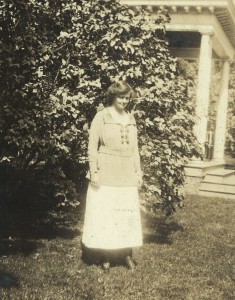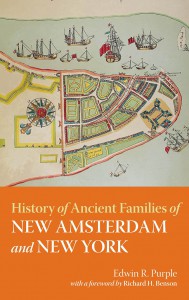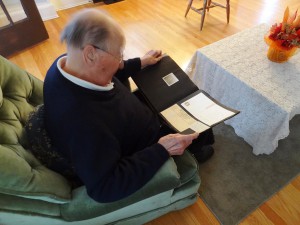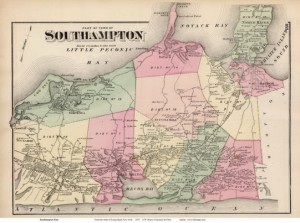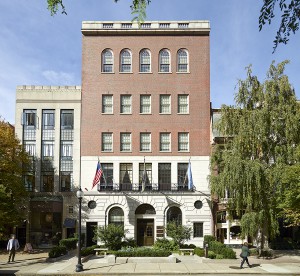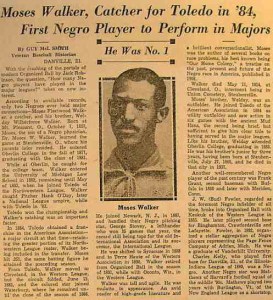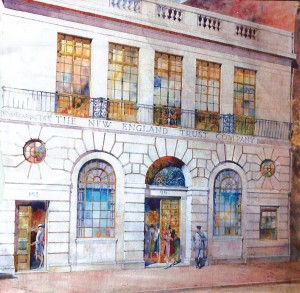
As I write this, a few days before the New Year begins, Vita Brevis is nearly a year old; it has had more than 300,000 page views since its first post on 2 January 2014. (This is a statistic I like to trumpet, although of course a single reader on a given day might well look at more than one entry: so I cannot claim 300,000 unique readers over the course of the first year, much as I would like to!) That first post, Generatio longa, vita brevis, hinted at the blog’s purpose: “Vita Brevis will include short posts on research methods – applicable to a variety of genealogical subjects – as well as posts on results. Like a mosaic, these posts will, in time, form a new collection for the genealogical researcher to explore.” Continue reading The year in review
